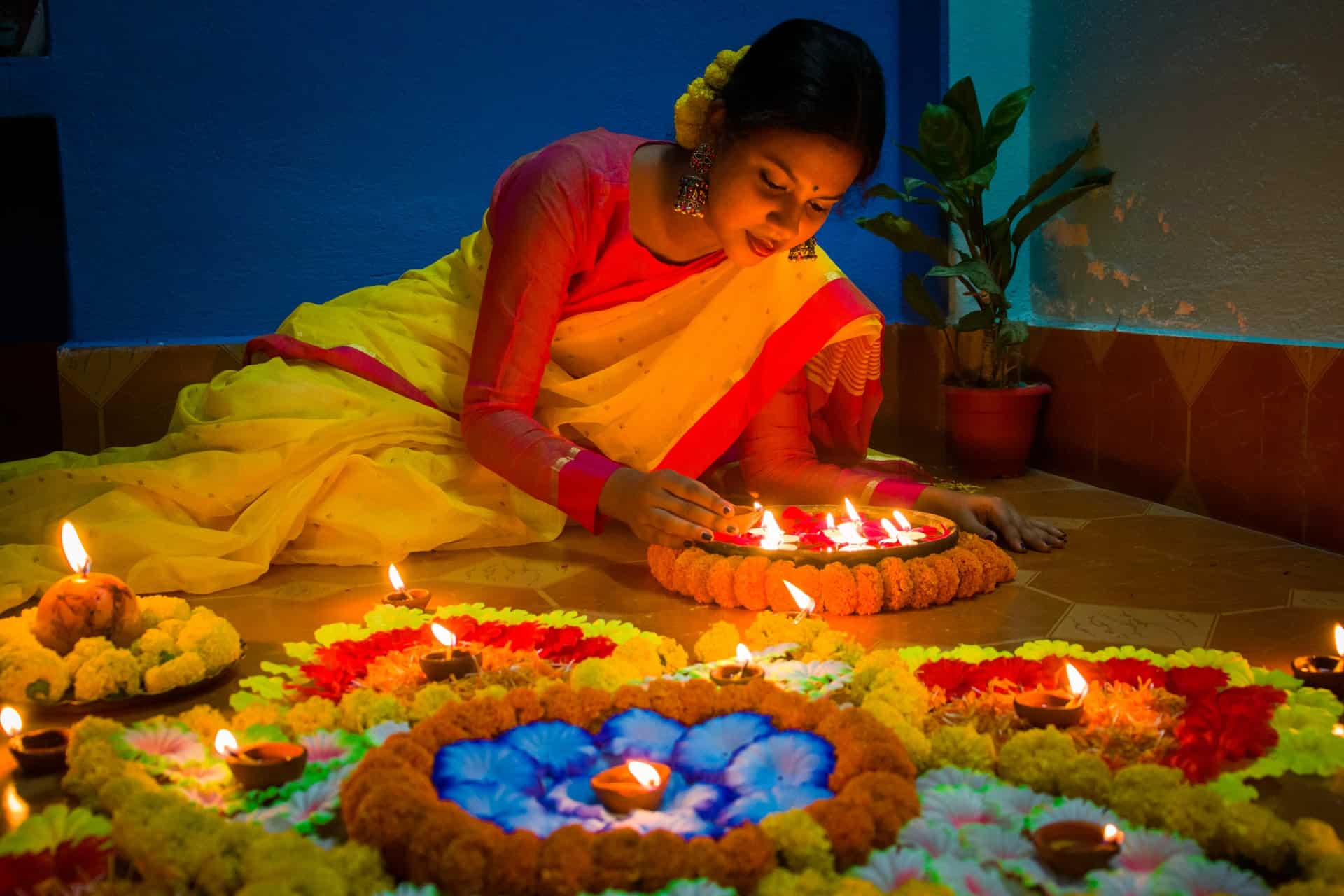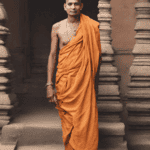Hinduism is one of the world’s most diversified religions, having many mythology and deities linked with it. This belief in multiple gods is accompanied by a slew of celebrations.
When it comes to celebrations, India has plenty to offer. In this land, where each season brings its unique colors and vibrancy, there is no end to the celebrations. It does, however, provide several prospects for delight, ravishment, and connection.
This land, despite its diversity of traditions, cultures, and religions, has its roots in oneness. Only in this multiplicity does it discover congeniality and kinship. And these festivals are the principal source of the entire nation’s connection and affinity. The festival season is an open invitation to people of all faiths to join in joyful celebrations of one another, and it is here that these events find their true purpose and significance.
In this article, we will highlight some of the major and most famous Hindu festivals that you should know about.
1. Diwali
Let us begin this series of celebrations with India’s grandest and most pompous festival, Diwali. This event commemorates Lord Rama’s return to Ayodhya after slaying Ravana. This holiday has been commemorated with great fervor and joy since its inception. Glistening avenues and flashy markets abound in the cities. The holiday is also marked with the exchanging of sweets, get-togethers, booming crackers, and Laxmi Pooja.
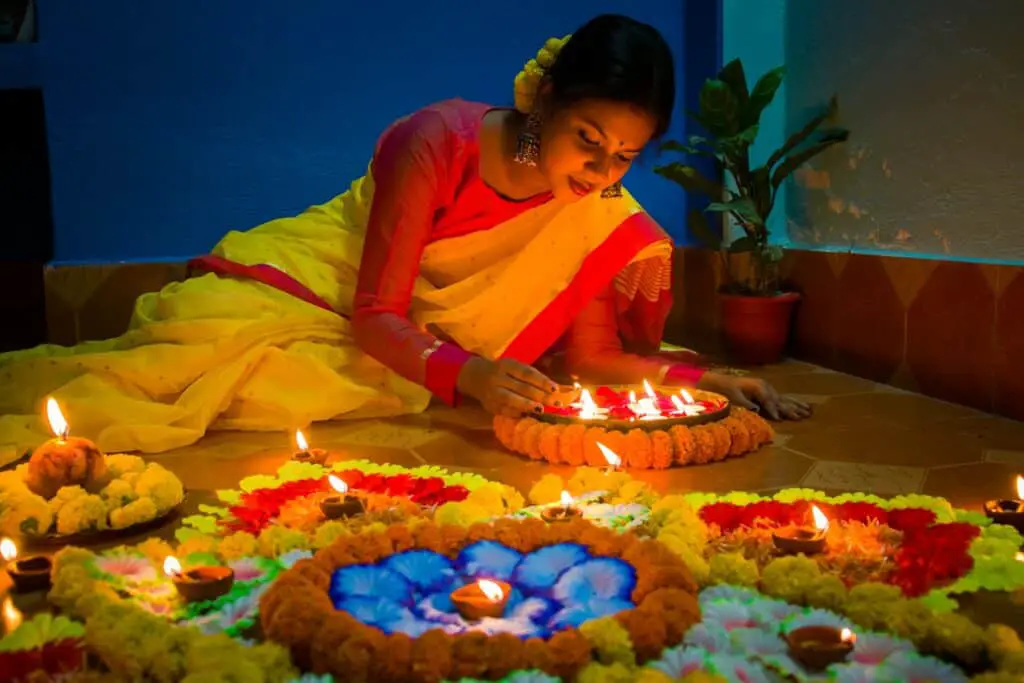
At this festival, people set off fireworks. During Diwali, it is also said that people worship Goddess Lakshmi. They clean and light their homes so that Goddess Lakshmi might enter and bestow her blessings on the family. Diwali is a Hindu festival that takes place on November 8th and lasts for 5 days. In North India, the last day is known as ‘Bhai Dooj,’ when sisters put a ’tilak’ on their brother’s forehead to show their love. The event commemorates Lord Krishna’s victory over the evil demon Narkasura in South India.
2. Holi
Holi, often known as the “Festival of Colors,” is one of India’s most well-known festivities. The celebration is centered on Lord Vishnu’s unwavering devotion allowing him to burn and destroy the monster Holika. However, the most enjoyable portion is individuals squirting one other with
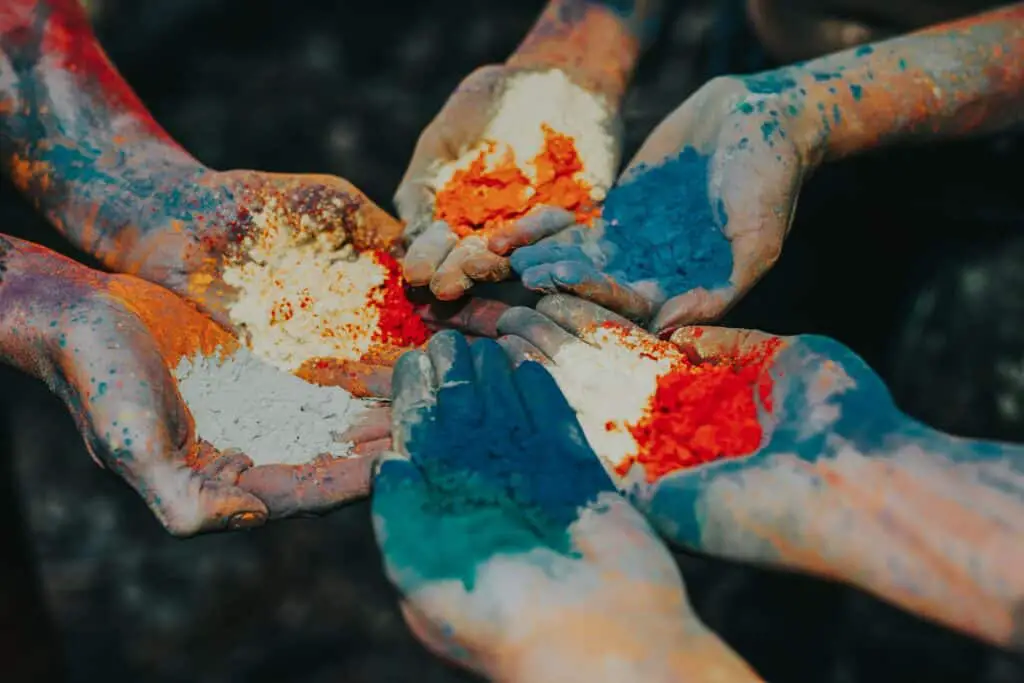
water guns and flinging colored powder on each other. Lord Krishna, an avatar of Lord Vishnu, was known for pranking rural girls by drowning them with water and colors. During the ceremonies, bhang (a paste derived from cannabis plants) is also traditionally ingested. Holi is a freewheeling event that can be a lot of fun if you don’t mind getting wet and muddy.
3. Makar Sankranti
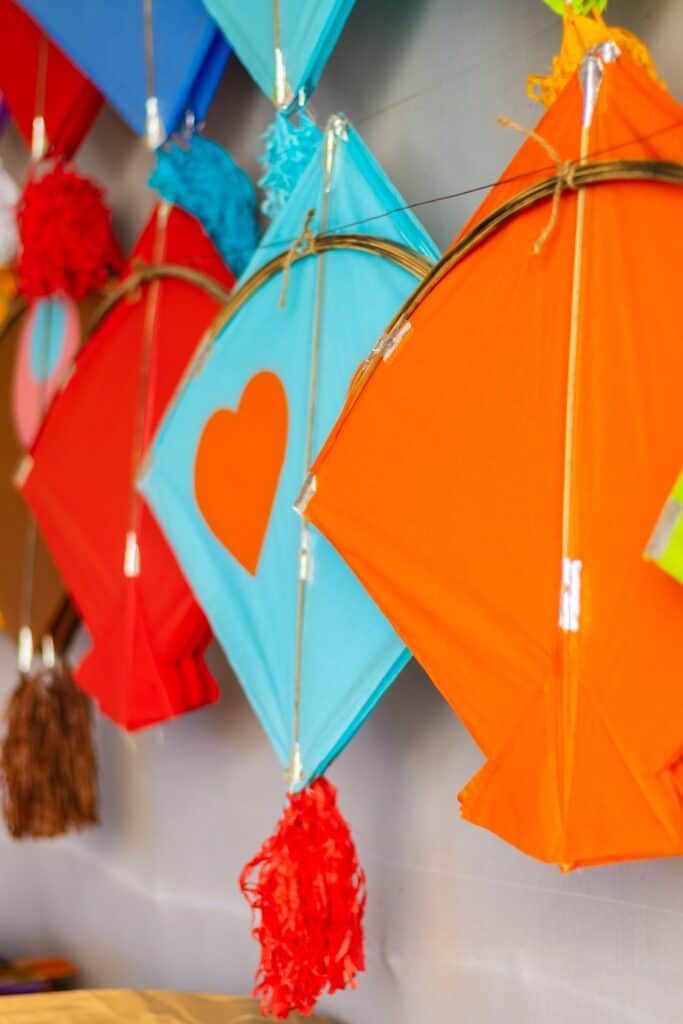
Makar Sankranti, which occurs every January, is a well-known Indian festival dedicated to the god Surya (the sun). It is a Hindu holiday that follows the solar calendar and is marked by colorful decorations, fairs, bonfires, kite flying, and feasts. People take a dip in sacred rivers to show their appreciation to the Sun God during this event. It is also related to various distinct festivals, including Gujarati Uttarayan and North Indian Hindus and Sikhs’ Lohri. Traditional Lohri songs are sung, Dhol and Nagadas are beaten, and children ask for sweets to complete the picture of how Lohri is celebrated. The festival of Uttarayan revolves around kite flying.
4. Dussehra
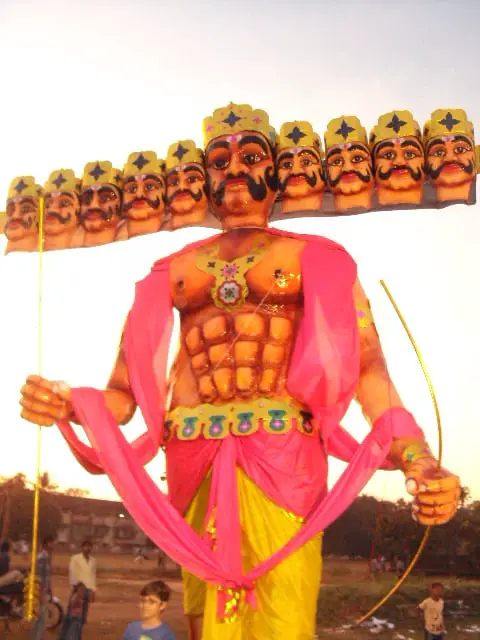
Another holiday of good triumphing over evil is Dussehra. The festival’s pre-stage began ten days ago when Ram Leela was arranged and played in every town across the country. The show’s actors portray Rama’s victory over Ravana masterfully, and on the final day, the effigies of Ravana, his son Meghnad, and brother Kumbhkaran will be burned. These massive effigies are a magnificent sight in and of themselves, and crowds assemble to see their destruction.
5. Navarathri
Goddess Durga celebrates Navarathri, a nine-night celebration, in the Hindu calendar month of Ashvin. The Navaratri festival lasts ten days and is one of the most anticipated celebrations in India, particularly in West Bengal and North India.
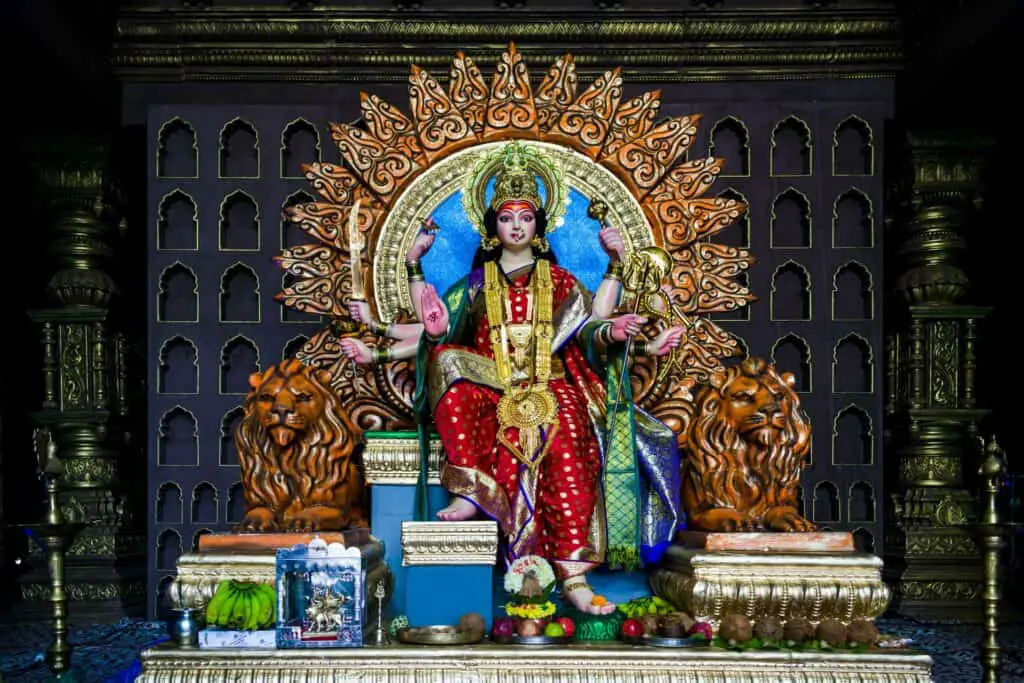
It honors the Indian Goddess Durga’s strength and power. Durga in many incarnations and forms is worshipped during these nine days. However, the festival’s distinctive aspect is that while beliefs and celebrations differ across the country, it remains the most extensive but joyful celebration.
6. Krishna Janmashtami

Lord Krishna is a well-known figure in Hindu mythology. Krishna Janmashtami is a joyful event that commemorates Krishna’s birth with much revelry, dancing, and singing.
The joy of Krishna Janmashtami is frequently accompanied by competitions, the most famous of which is the shattering of a pot filled with yogurt held high in the air. In an attempt to break the pot and spill the contents, competitors create human pyramids, which are then formally offered as prasad (ritual offering).
Children dressed as figures from Krishna’s life are a highlight of the Krishna Janmashtmi event. These Thanks are a desirable attribute for persons who wander around cities and attract a lot of attention.
7. Ganesh Chaturthi
Ganesh Chaturthi is one of India’s most important public celebrations, held in August or September in the states of Goa, Maharashtra, Chhattisgarh, and Gujarat. Pandals with Ganesha idols are arranged on this day, and cultural activities including dancing, singing, and orchestral concerts are highlighted. Procession marches are held in Kerala to immerse Lord Ganesha’s big idols in the sea. Monday, the festival’s signature sweet dessert, is a must-try for anybody visiting the country in September.
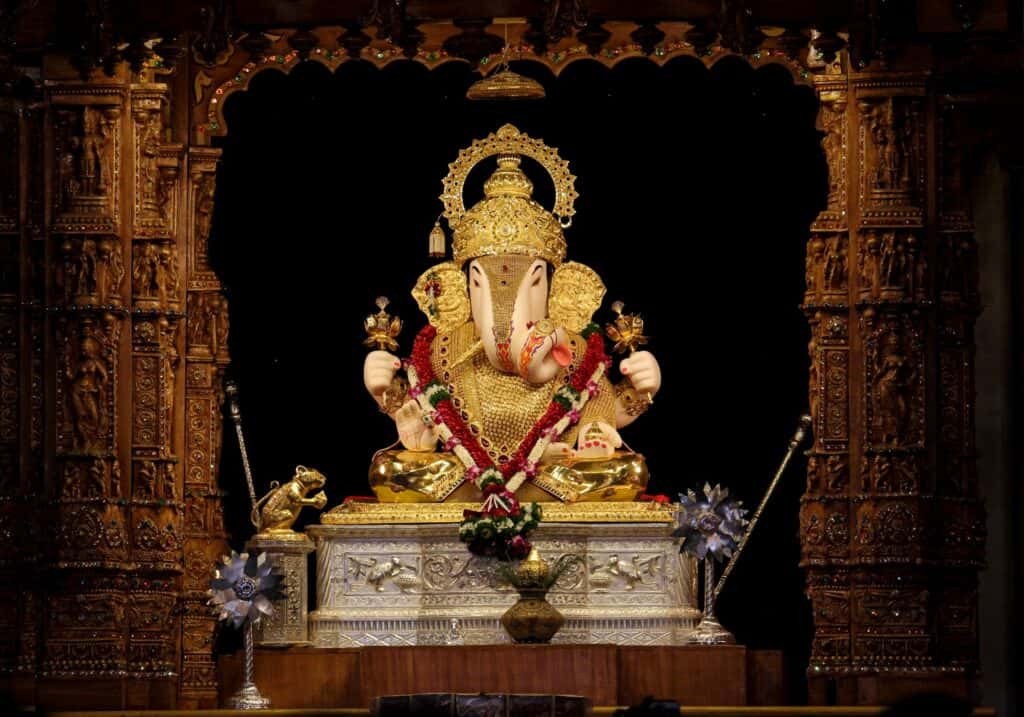
This event lasts eleven days in total, with big celebrations taking place on each day. Lord Ganesha statues are erected in homes and temples, where they are worshipped for ten days before being taken to be drowned in water bodies on the eleventh day. Ganesha’s farewell is said to carry away all sorrows and sufferings and is hence celebrated with much excitement and fun.
8. Kumbh Mela
The Kumbh Mela brings the largest number of people together in one spot. Yes, this is the world’s greatest fair in human history, and the spectacle is so massive that it can be seen from space.
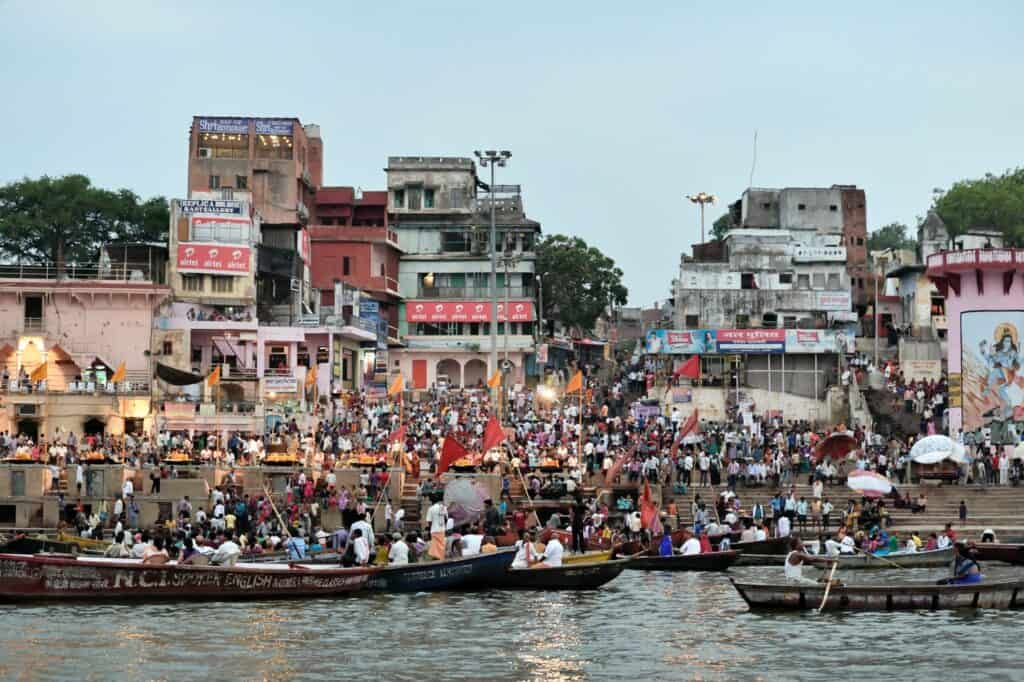
Every twelve years, this large assembly travels to The Ganges to bathe in its holy water. It is said that taking a dip in the Ganga during this period will free you from the cycle of birth and rebirth. This is why a large number of people, estimated to be around 100 million, flock to the banks of this holy river.
9. Shivratri
Shivratri is the Shiva’s Great Night, the night when Lord Shiva and Goddess Parvati married each other. People fast throughout the day and only break after midnight. The temples are likewise magnificently decked, and thousands of people flock to them on this auspicious day. Devotees form lines to serve Lord Shiva milk and bael.
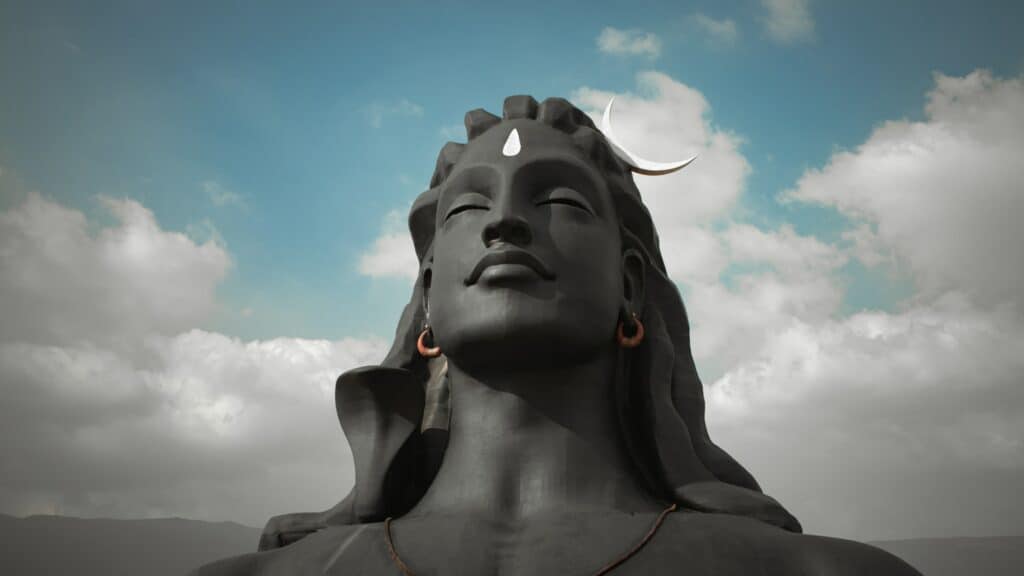
In married life, Shivratri represents love, passion, and togetherness. Shiva and Shakti are two aspects of the same force, and they are only complete or powerful when they are combined. This represents how important it is for both parties to be in the relationship and to emerge strongly at every stage of life. If one falters, the other should always intervene to fix the situation.
The festival includes a “jaagaran,” or all-night prayer because it is thought that conducting Japa all night is equivalent to “overcoming darkness and ignorance” in one’s life and the world through Shiva. Offerings of fruits, leaves, sweets, and milk are made to Shiva, and some people fast all day with Vedic or tantric worship of Shiva, while others do meditative Yoga. “Om Namah Shivaya,” Shiva’s sacred mantra, is recited throughout the day in Shiva temples. The Shiv Chalisa is recited by devotees to honor Shiva.
10. Durga Puja
It is also called Durgotsava or Sharodotsava Durga Puja is one of India’s most prominent October festivals, celebrated by Bengalis all around the country. The gala event captivates the audience with extravagant celebrations. Pandals are built in every town, and Durga idols are worshipped there.

It is an annual Hindu festival where People dress to the nines go pandal hopping (even at midnight) and dine lavishly.
11. Ram Navami
The Hindu festival of Ram Navami commemorates the birth of Lord Rama to King Dasharatha of Ayodhya.
It falls on the ninth day of the Chaitra month (the first month in the Hindu lunar calendar). It is the end of the Vasanta Navratri (Chaitra Navratri) spring celebration, which began on Ugadi. Rama was Vishnu’s seventh incarnation. He was the protagonist of the ancient Sanskrit epic Ramayana.
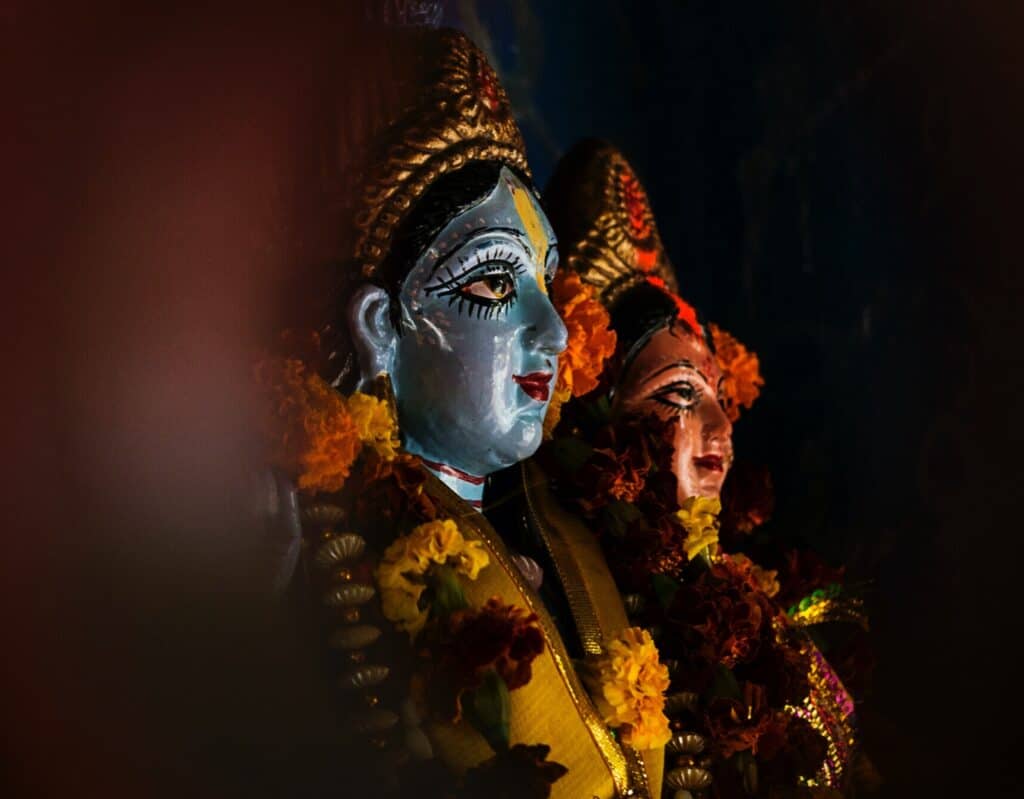
Before the ceremony, the book is continuously read throughout the month of Chaitra. The highlights of the story are read in the temple on Ram Navami.
On Rama Navami, houses are properly cleaned, and a family shrine may be embellished with tiny figurines of Rama. After an early bath, flowers and fruit are placed on the altar, and prayers are recited.
To commemorate the day, Hindus may fast or adhere to a strict diet that excludes particular items such as onions, garlic, and wheat products.
Learn more about Rama Navami in our article here.
Conclusion
Hindu festivals are celebrated across all regions of India. These celebrations also vary due to different cultural backgrounds and origins. Various Hindu festivals were not highlighted in this article. The ones outlined with simplicity, here are perhaps the most famous ones across all regions of India.
Learn about a lot more festivals in this article 32-major-hindu-festivals-celebrated-in-india.
